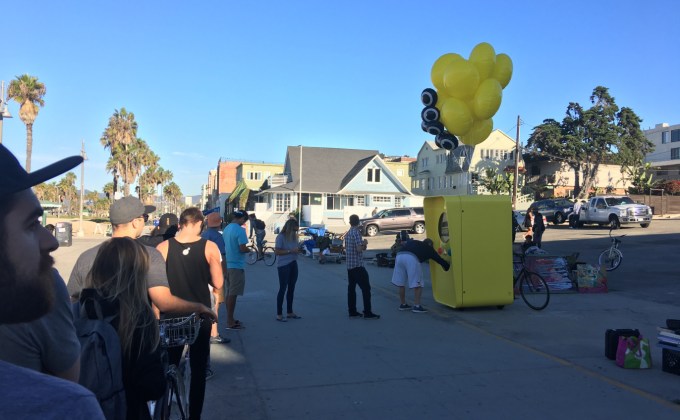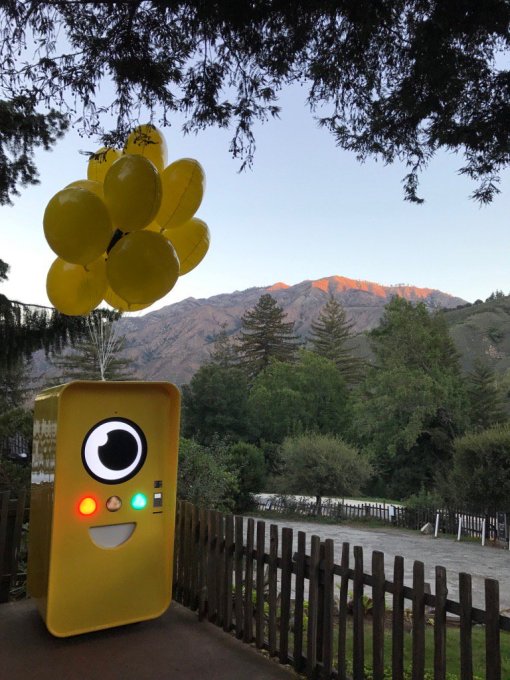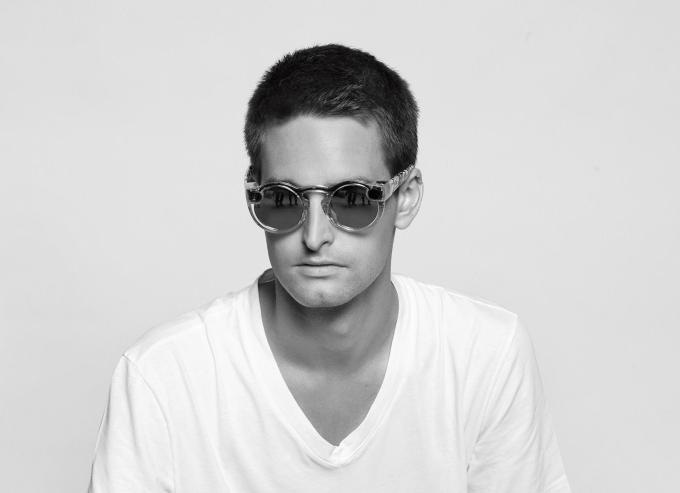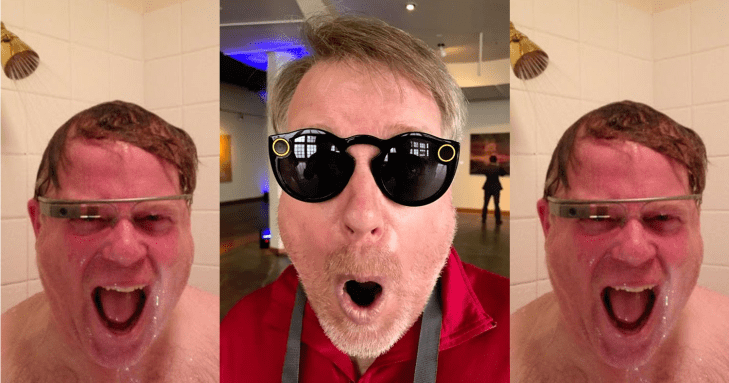If you want to make something cool, don’t give it to geeks first. Google Glass learned that the hard way.
Despite Snapchat’s best efforts, Robert Scoble still got a hold of a pair of the Spectacles camera glasses. He’s the enthusiastic tech blogger above who shot a nude selfie wearing Google Glass in the shower that came to embody the gadget’s cursed brand. He even admits to me that it was smart that Snap Inc didn’t send him a pair.
A SpectaScobles selfie was the exact opposite of Snapchat’s plan. That’s why it didn’t deliver any review units of Spectacles to bloggers, or send them to tech celebrities who usually get early beta access to new products.
If it did, that would have forged a perception of Spectacles as a serious device meant to be painstakingly reviewed instead of casually played with as they should be. And it would have positioned them for serious adults and early adopters, instead of the typical teens that make up Snapchat’s core user base.

So instead, it suddenly dropped a goofy vending machine full of Spectacles on a beach boardwalk in LA, near a national park in Big Sur, California, and a roadside tourist trap off Route 61 near Tulsa, Oklahoma. Snapchat lovers scrambled to get there quick and stand in long lines in hopes of scoring a pair.
There are several reasons this was brilliant:
 Artificial Scarcity – People love exclusivity, but with an air of egalitarianism. By not openly selling them online or in a permanent brick-and-mortar store, and instead making their availability extremely limited, somewhat random, and only for those willing to stand in line, their perceived value skyrocketed. Sure, people are selling them on eBay for huge markups at $800 to $2000 dollars. But the point was anyone with $130 and some luck could don the glasses.
Artificial Scarcity – People love exclusivity, but with an air of egalitarianism. By not openly selling them online or in a permanent brick-and-mortar store, and instead making their availability extremely limited, somewhat random, and only for those willing to stand in line, their perceived value skyrocketed. Sure, people are selling them on eBay for huge markups at $800 to $2000 dollars. But the point was anyone with $130 and some luck could don the glasses.
Geographic Clustering – Snapchat itself blew up in LA high schools, becoming a hit with a densely interconnected group of teens long before the press picked up on the phenomenon. Facebook actually started quite similarly, only being available at a few elite colleges like Harvard, Columbia, and Stanford. Spectacles were also launched like this. Beyond making everyone else a bit jealous, it limited the chance of someone being the only person in their area using the product. For Snapchat and Facebook, that meant people actually had friends to use the app with. And for Spectacles, it means there will still be hype left to exploit when they hit the east coast and abroad.
Buying As An Experience – When was the last time the acquisition of a product felt as momentous as owning the product itself, and that moment wasn’t annoying? Sure lots of people stayed up late to order their Apple Watch and tweet what configuration they got, though I wouldn’t call that fun. People got excited about their place in the waitlist to use the Mailbox email app, yet the eventual rollout was anti-climactic. But the googly-eyed Snapbot vending machine, dropped in scenic locations, with an augmented reality try-on screen, got almost as much coverage as the videos you make with Spectacles.
Snapchat isn’t the only one realizing big, flashy press conferences and early access for journalists aren’t the only way to release a product.
Facebook cut back on glitzy launch events following one it threw for Facebook Home, which immediately flopped. And after Sean Parker’s video app Airtime bumbled its 2012 launch extravaganza with broken demos featuring celebrities like Jim Carrey, its 2016 relaunch had no event attached.

Snap Inc CEO wearing Spectacles, shot by famous photographer Karl Lagerfeld for the WSJ Magazine
And poor Google Glass. It tried to normalize wearing a computer on your face by handing it to the least fashionable people around, bloggers and app makers. It needed people to look cool wearing it, or at least not super weird, before anyone cared what the reviews said and the apps did. That’s why the first memorable photos of Spectacles weren’t shot by Scoble, but by famous fashion photographer Karl Lagerfeld.
Scoble concludes that the Spectacles Snapbots “make a lot more sense than the way Google rolled out Google Glass to developers and nerds.”
